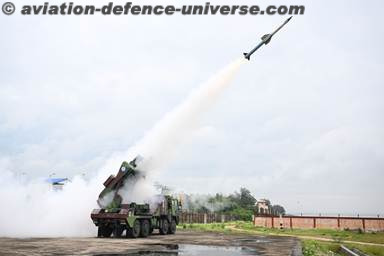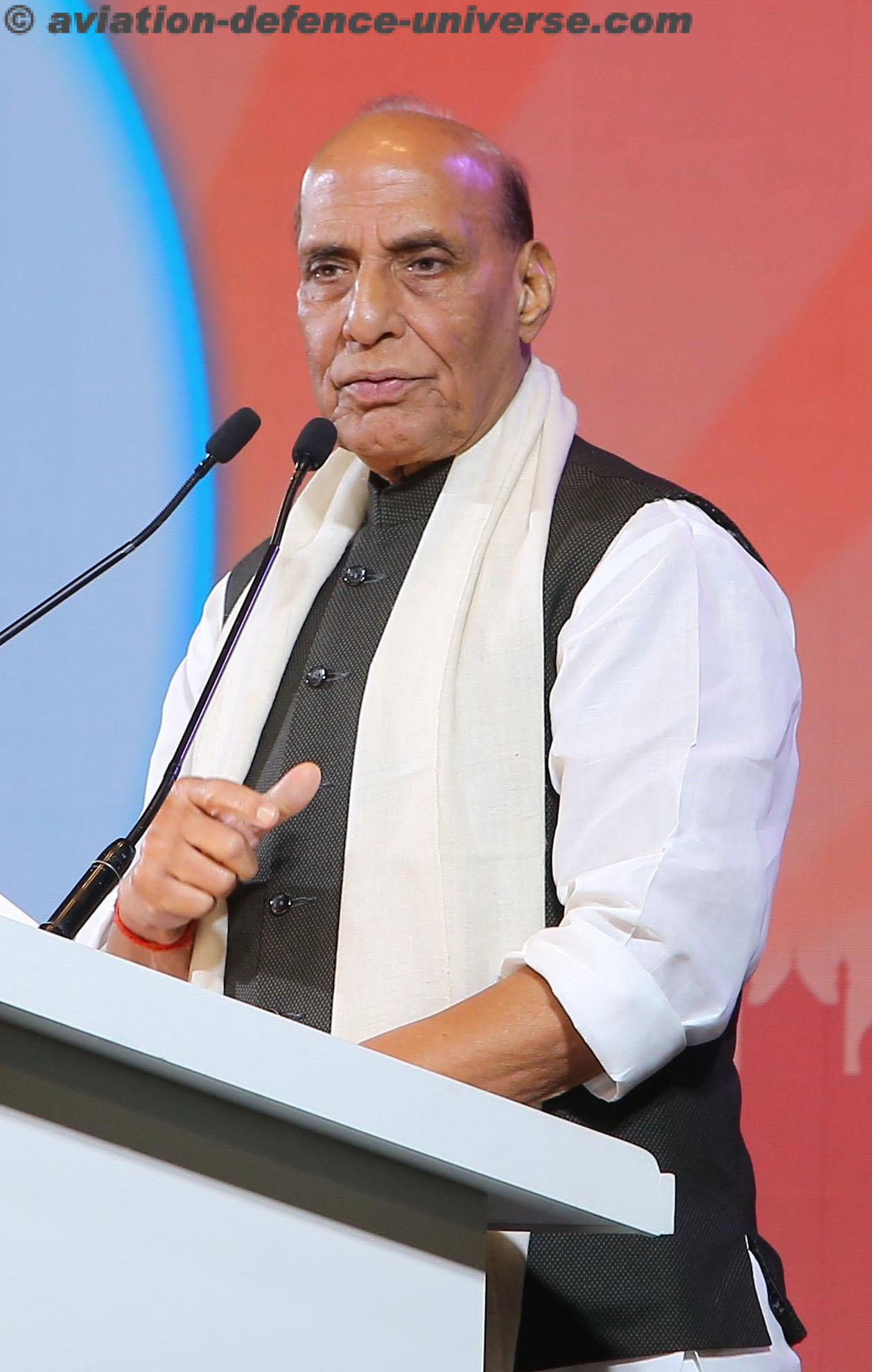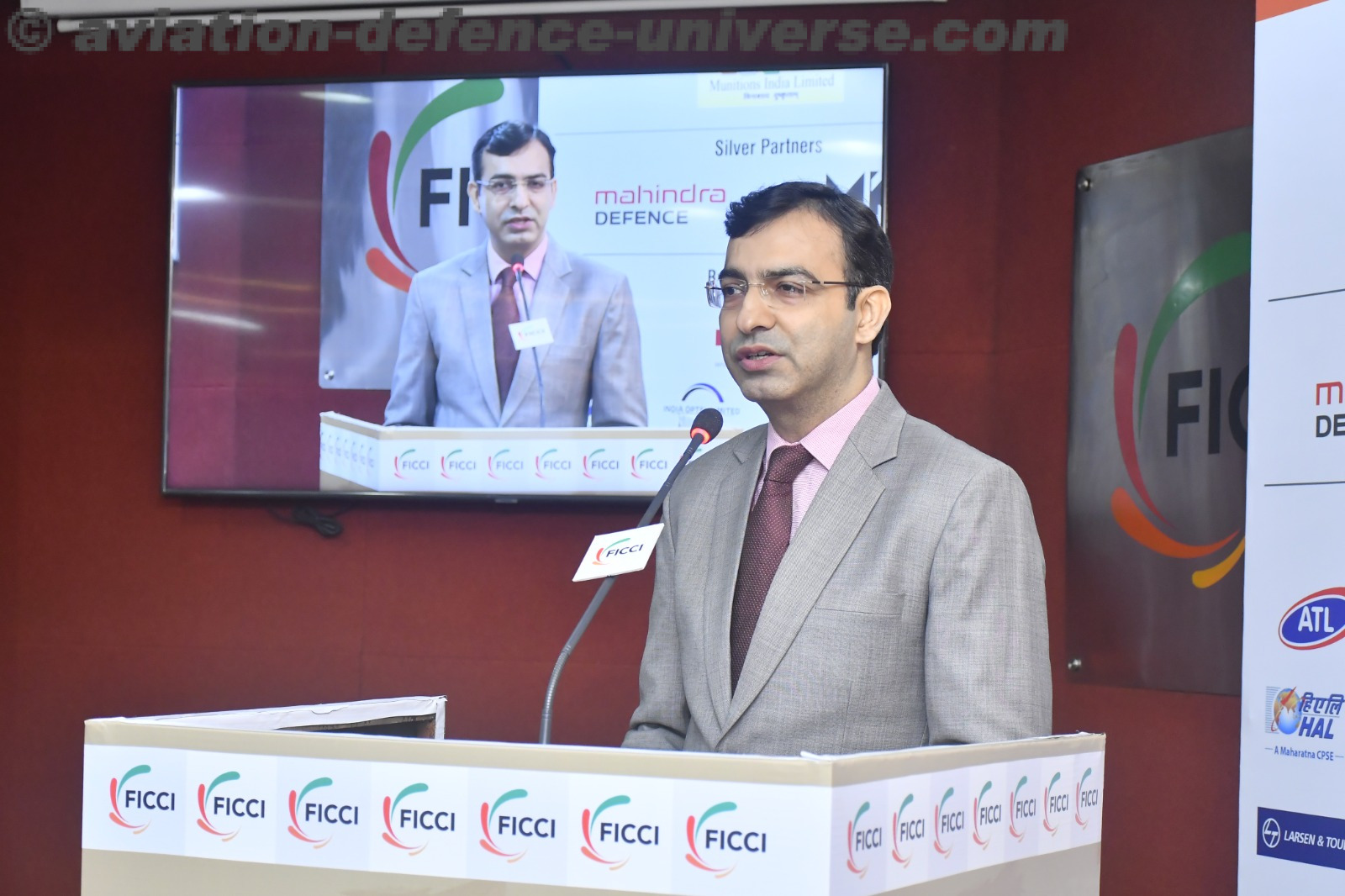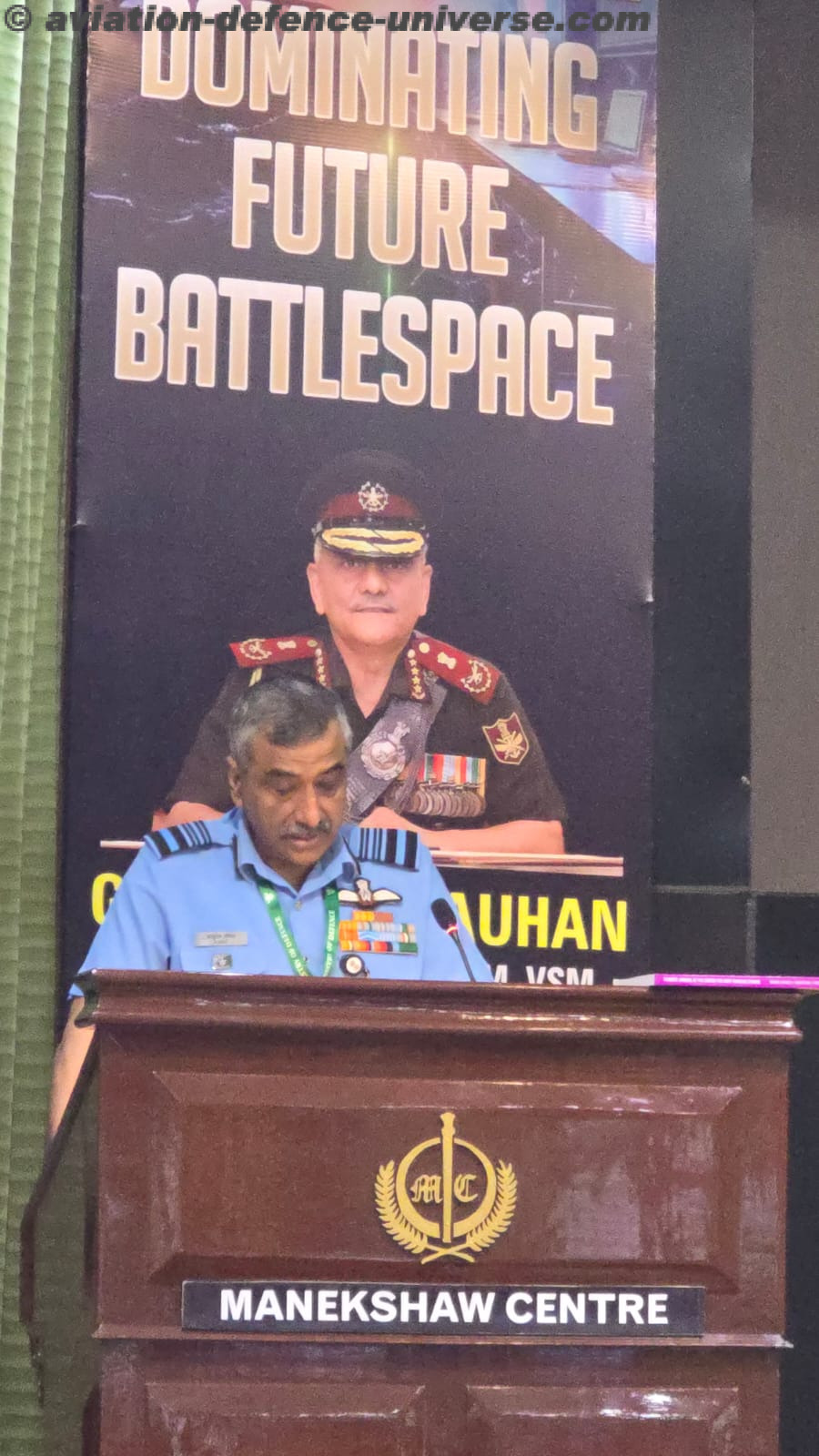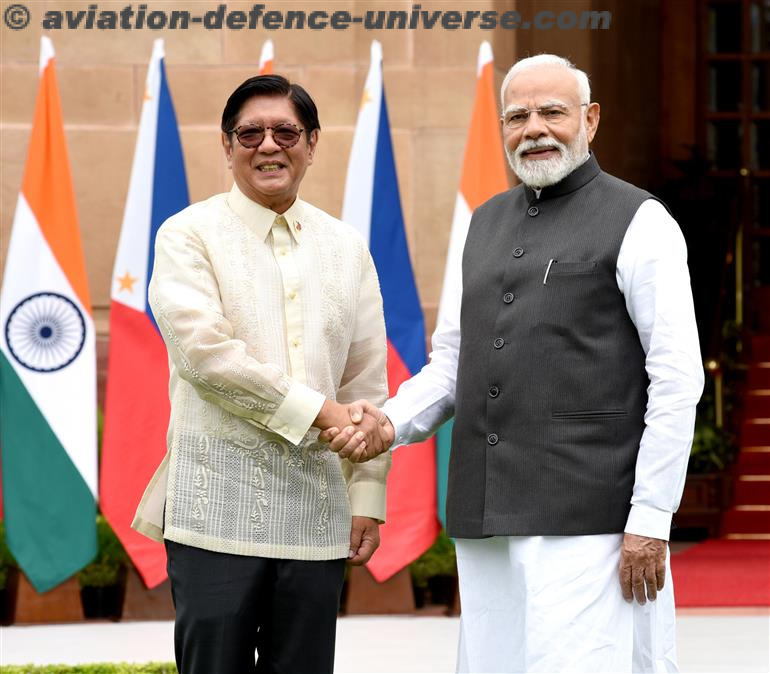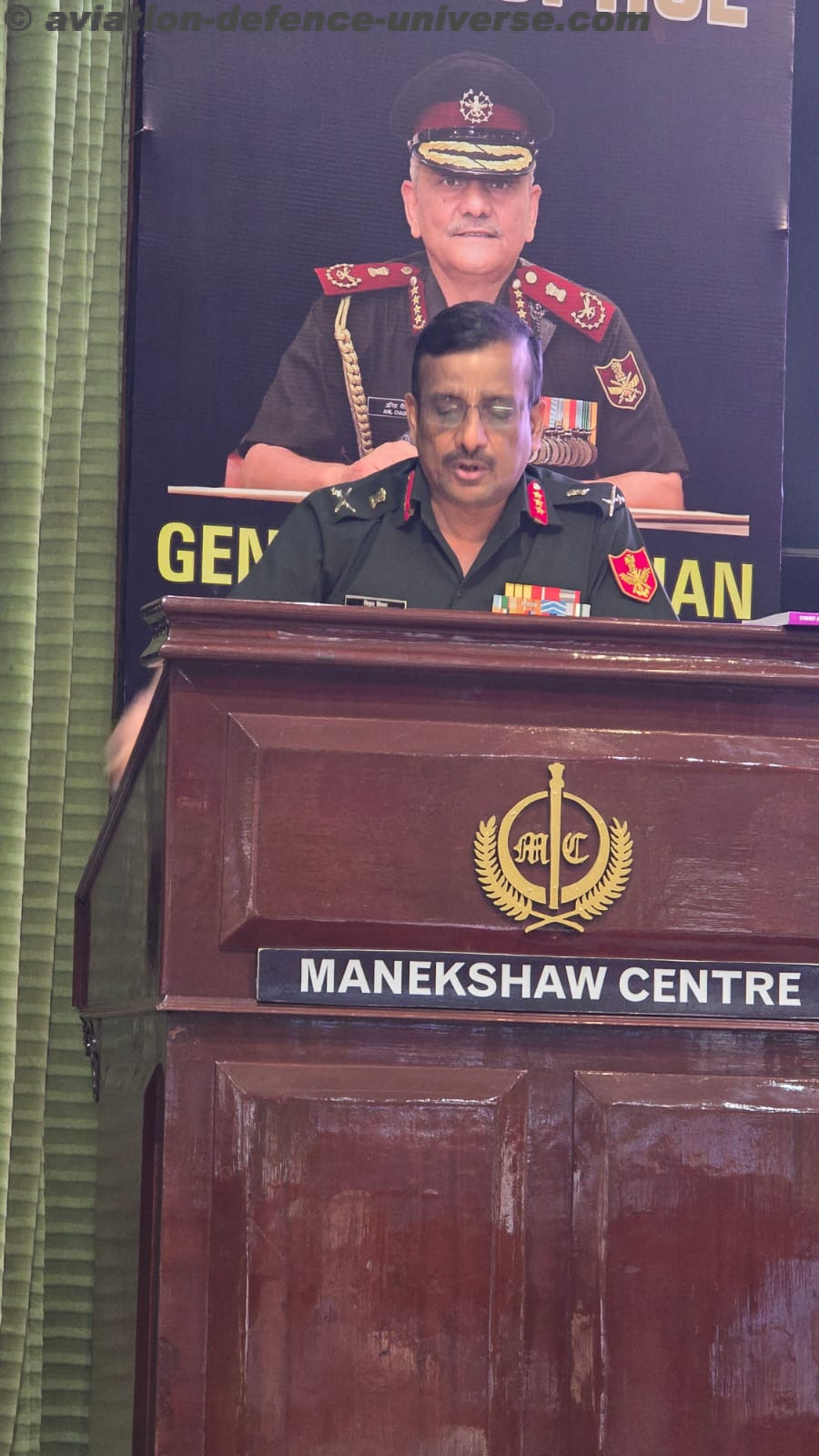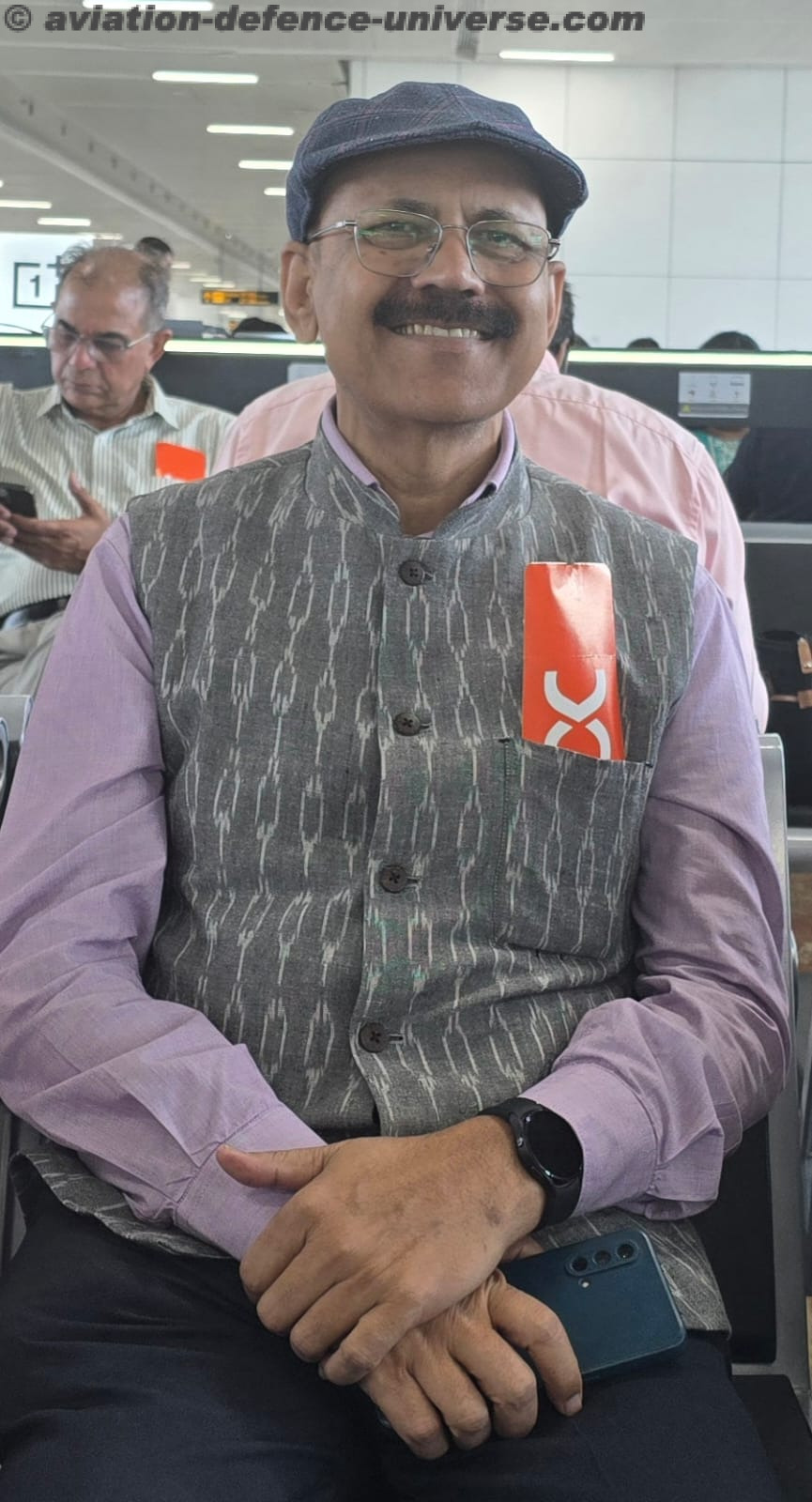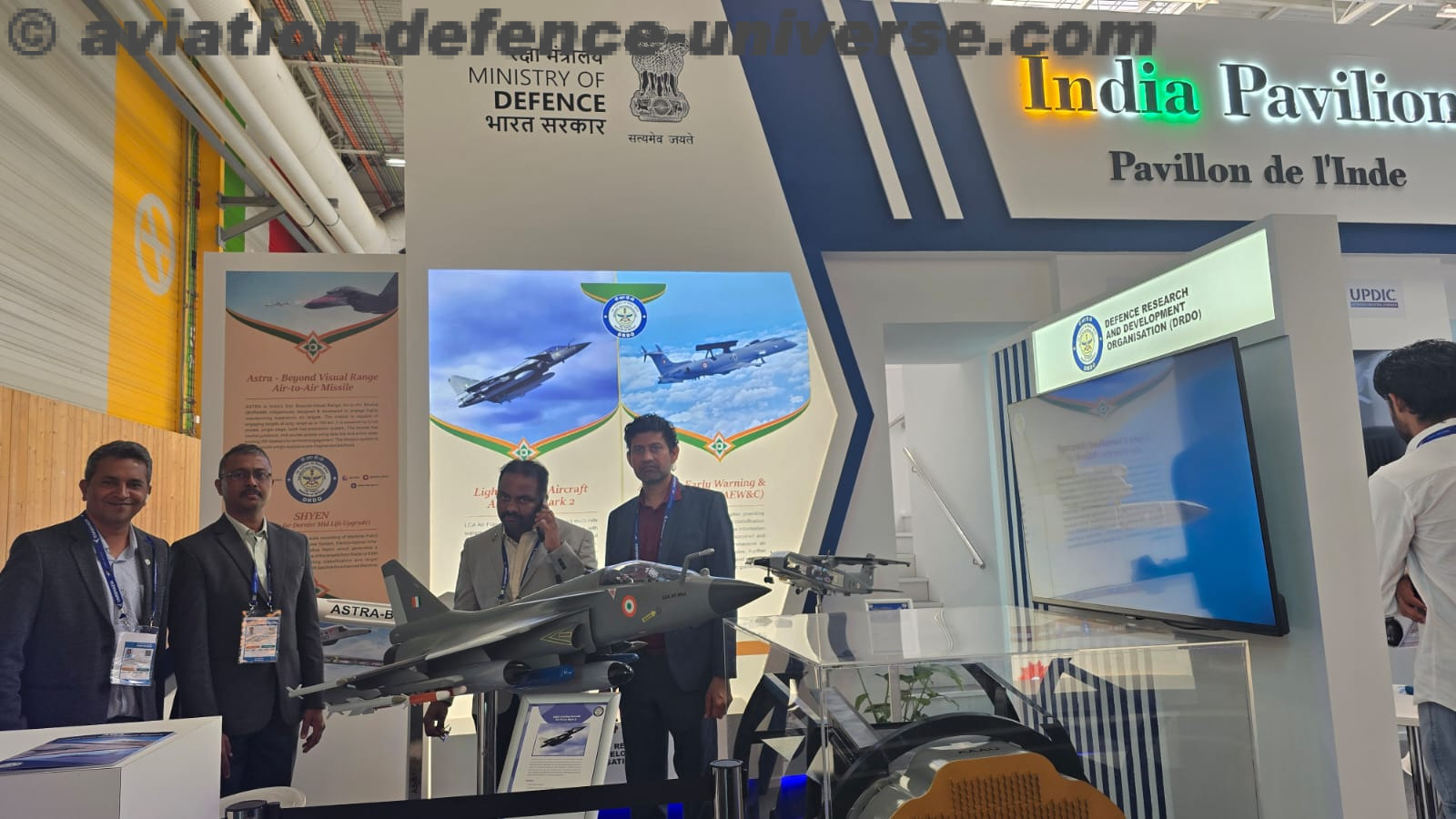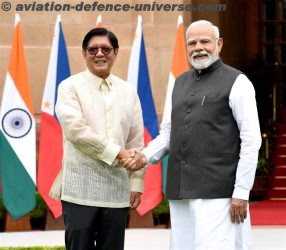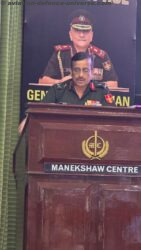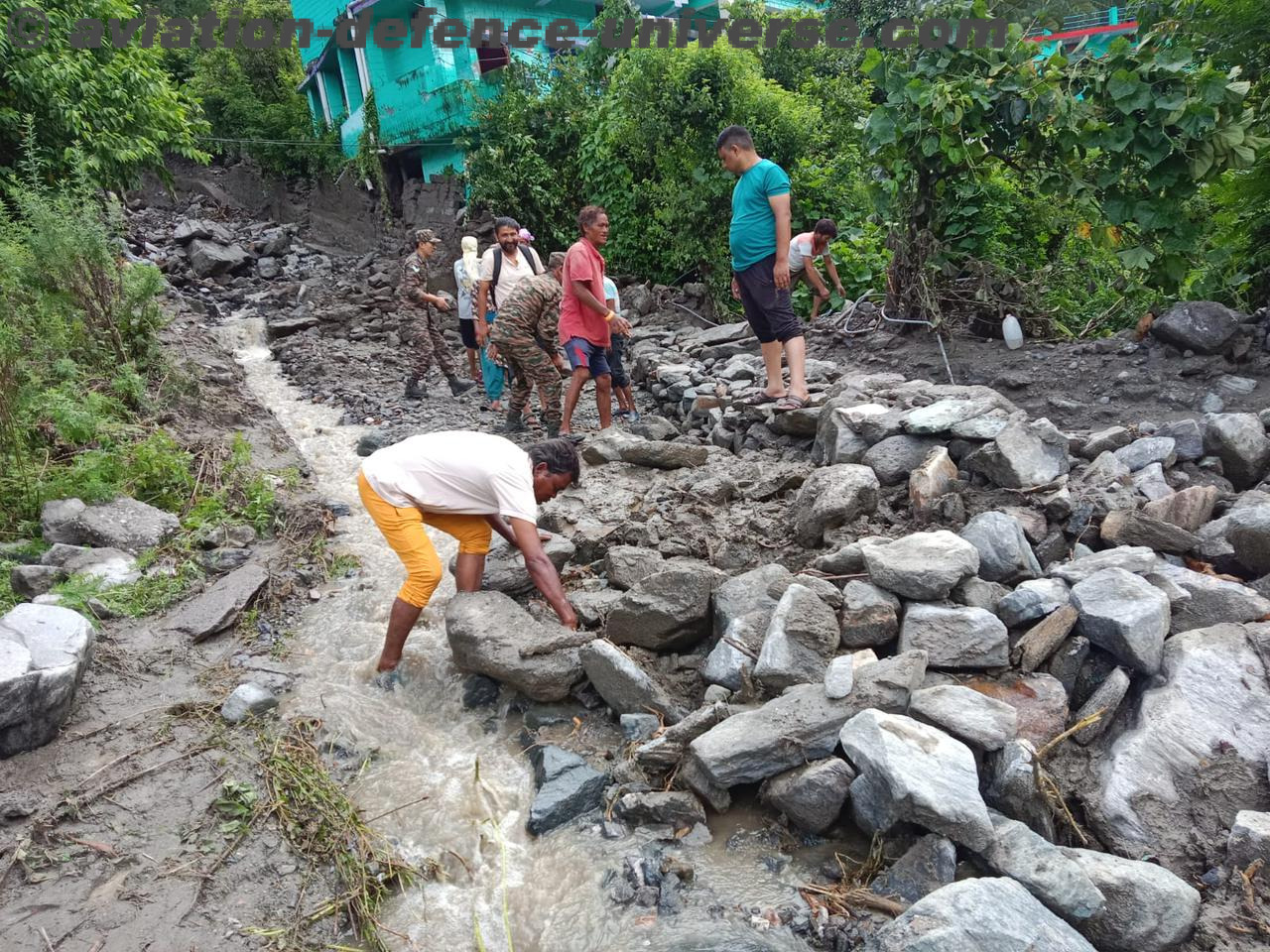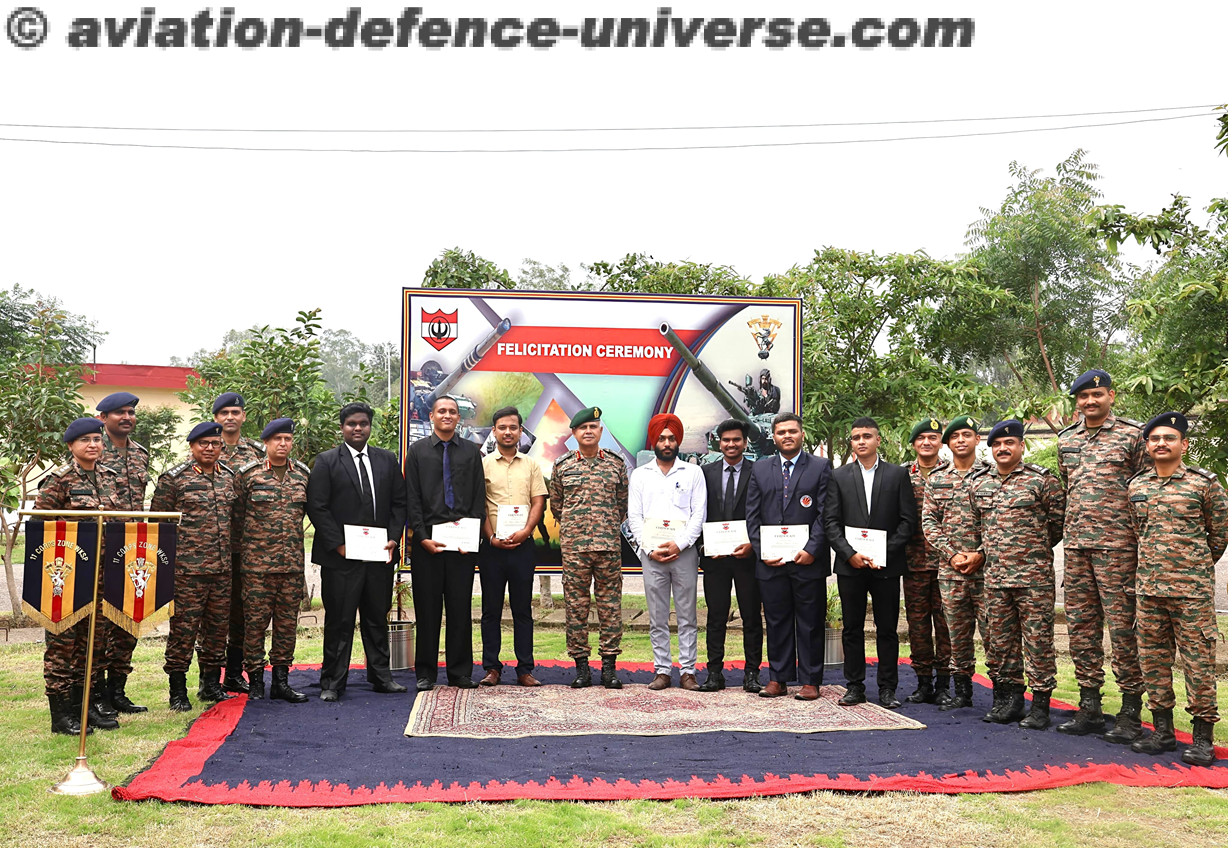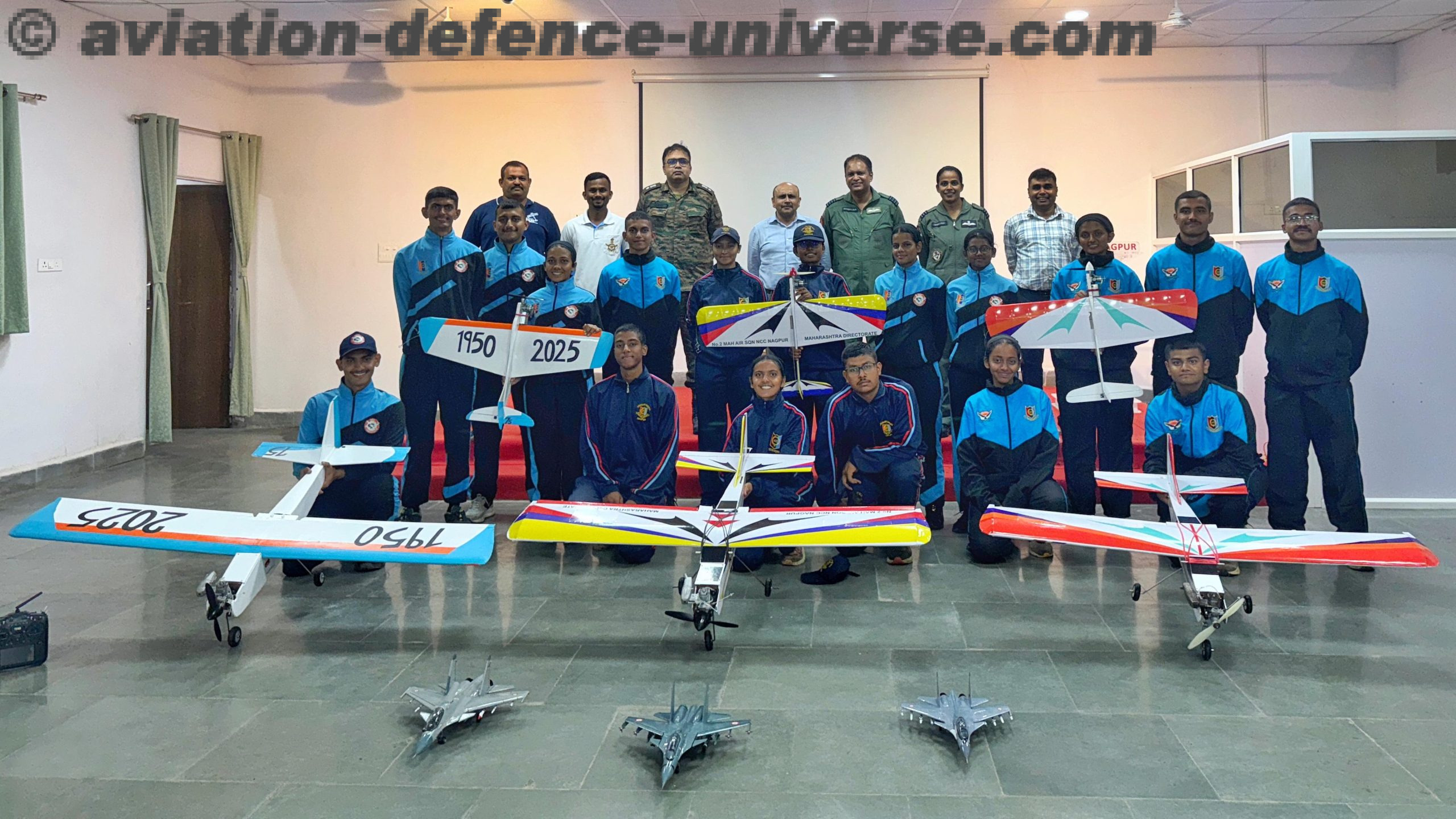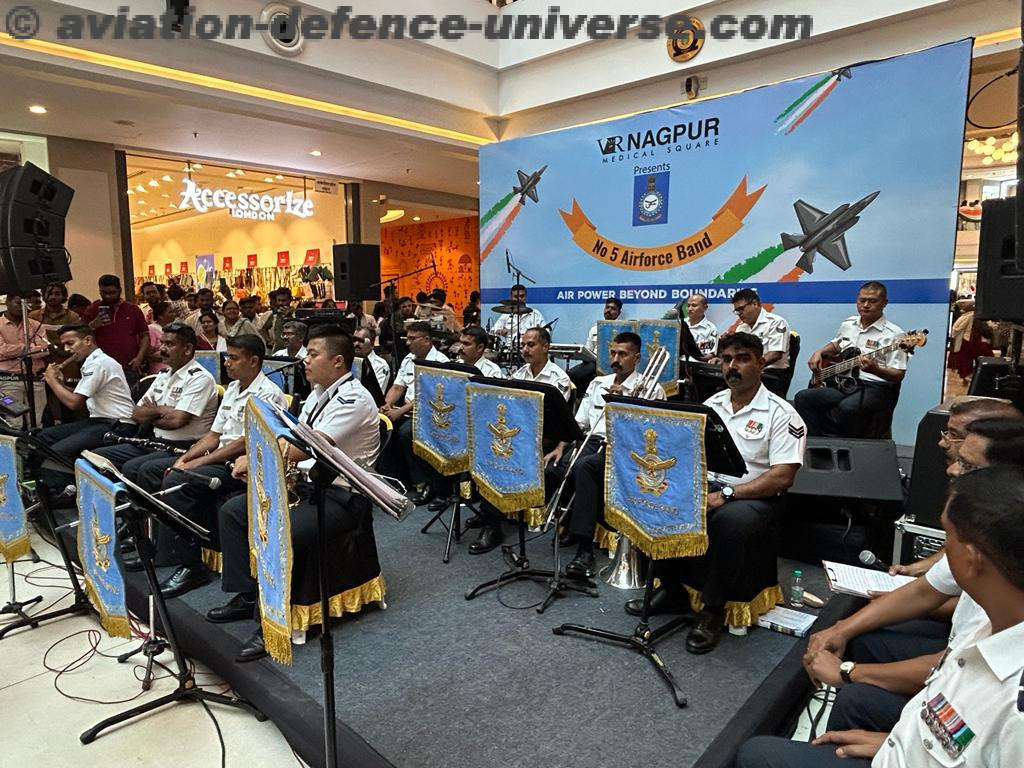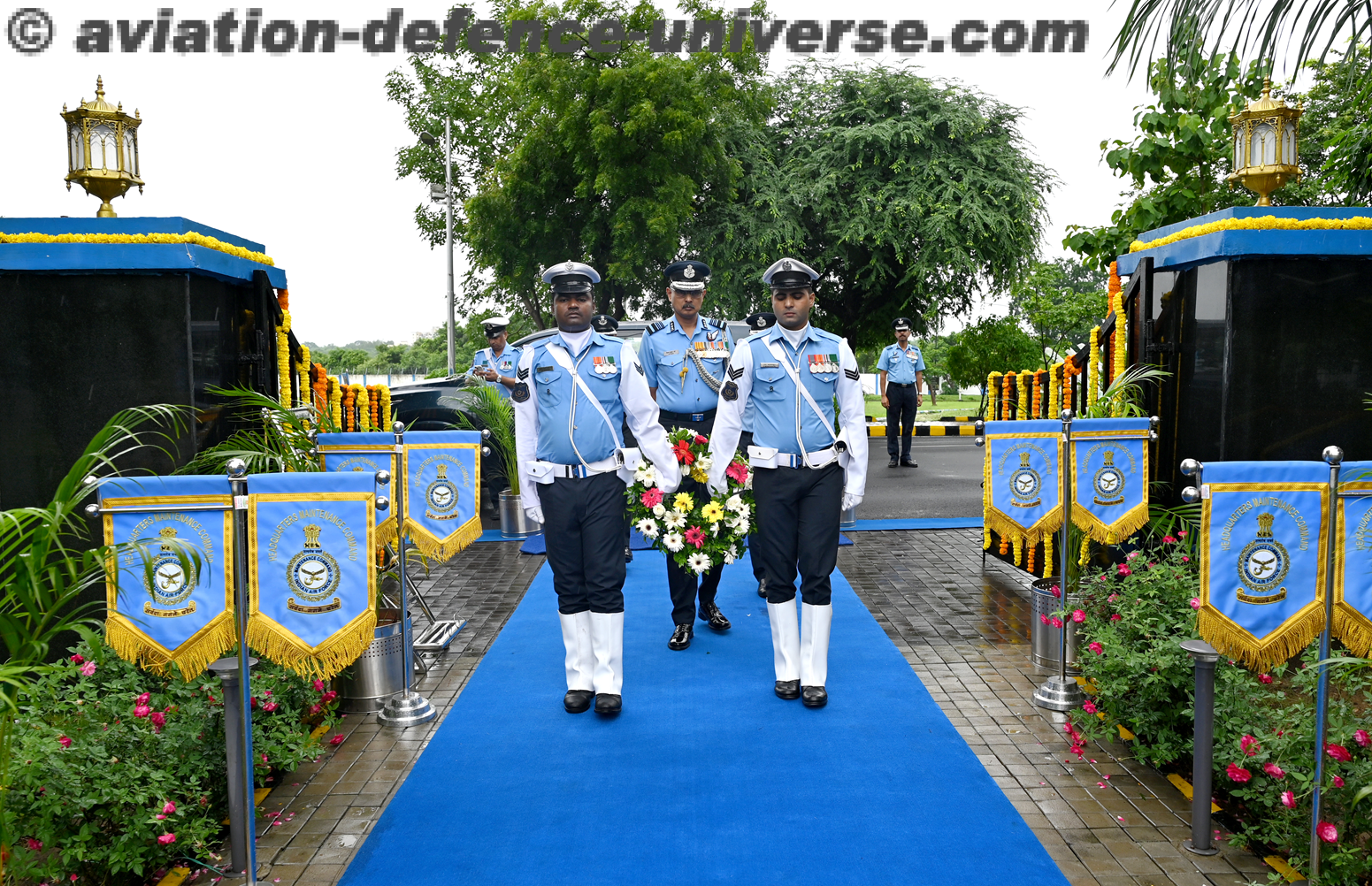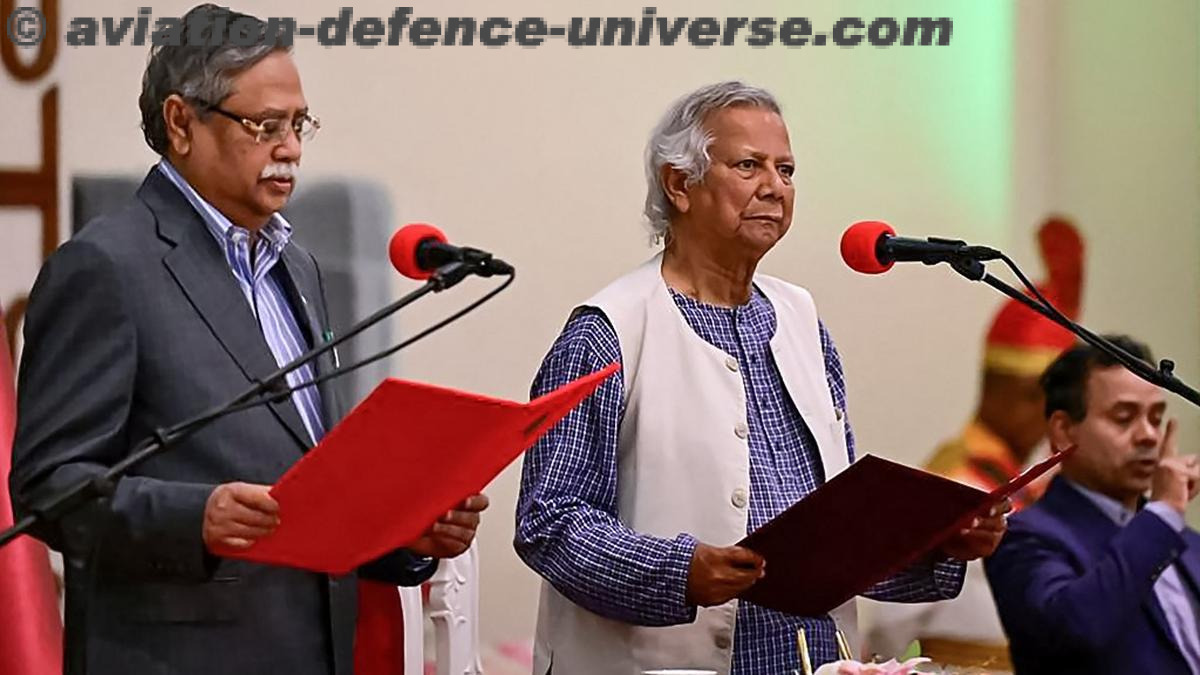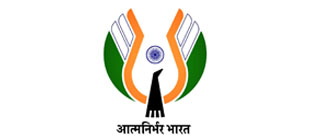 By Maj Gen (Dr.) Ashok Kumar, VSM (Retired)
By Maj Gen (Dr.) Ashok Kumar, VSM (Retired)
New Delhi. 22 May 2025. Heinous crime done by Pakistan supported terrorists on 22 Apr 25 in Pahalgam has already been avenged with the commencement of Op Sindoor from morning hours of 07 May 25 by undertaking deep and precision attacks based on hard intelligence wherein terror infrastructure was destroyed besides killing large No of terrorists. The damage was unprecedented and Pakistan got exposed in front of the world.
Post 22 Apr 25, Pakistan had not only mobilised its troops to Indian borders but had also broken the ceasefire on the Line of Control (LOC) which was continuing reasonably well since 2021. It had taken almost all actions for full fledged conventional war wherein India had not mobilised its troops for conventional war. Pakistan was taking all possible actions to draw India into a war so that its military can justify its existence which is at its lowest ebb since the time General Asim Munir has taken over its reigns. He was creating a fear psychosis amongst the political masters as well as the civilian population despite his opposition from the rank and file from his own Army.
India decided to respond to the Pahalgam terrorist strike with three pronged military strategies. The first one was the focused hitting at the terror infrastructure and terrorists sparing civilians as well as military infrastructure which was aptly demonstrated in the morning strike of 07 May 25. Indian national messaging was loud and clear as its actions were related to terror neutralisation killing more than 100 terrorists including five hard core terrorists having the leadership role who were involved in serious terror acts in
India including hijacking of IC-814 in Dec 1999 as highligted earlier. The second part of Indian strategy was the deployment at Army and AF impregnable Air Defence wall all across the Western border with full fledged integration of Control & Reporting Centres / Mechanisms of Army Air Defence which was based on based on Akash Teer and that of Air Force which was based on IACCS. It is due to this preparation that once Pakistan launched 400-500 drones from 8 PM to 11 PM on 08 May 25 predominantly using Asisguard Songar Drones and YIHA3 drones from Turkey , Army Air Defence guns and missiles neutralised this mammoth assault with not even a single drone being able to reach their intended objectives.
The performance of all elements of Army Air Defence was superlative actively supported by AF resources. The long range surveillance radars detected the targets well in time despite the drones flying at lower altitudes and having small radar cross section area. This gave the requisite reaction time to the Indian Air
Defence Weapon systems. This Air Defence wall functioned efficiently on the entire Western front starting from J&K in the North and extending to the area of Sir Creek in the South in Gujarat traversing through Punjab and Rajasthan.
The control & reporting was also flawless which assisted in correct target and weapon matching resulting in total destruction of all incoming drones from Pakistani side. The gun and missile systems improved with local effort and developed through Indigenisation was a game changer. There is an urgent need to raise more Army AAD units, equip them with fully home grown products besides equipping them with counter UAS resources. It will be worth examining if hard kill and soft kill resources be clubbed together with Army AD units as C&R is the key to a successful engagement.
Third part of Op Sindoor strategy was related to calling the nuclear bluff of Pakistan while still being in control of escalation management. Right from the word ‘go’ on 07 May 25 hitting beyond POK and LOC & hitting terrorists & their infrastructures, a clear message was given to Pakistan not to get involved in escalation matrix but Pakistan chose otherwise. With each Pakistani action starting from 22 Apr 25 massacre of Pahalgam, India responded to each action and in the strongest form remaining much ahead in the
damage matrix. The response on 10 May 25 was so strong that it created unprecedented damage on Pakistani radars, air fields and such other high value assets forcing Pakistani DGMO to call Indian DGMO to beg for ‘ceasefire’ which was accepted. The ceasefire is continuing at the moment with normalisation of activities in multiple areas but given the past record of Pakistan, Op Sindoor has been just paused but has not been terminated as yet. The forces remain fully vigilant and alert to any Pakistani adventure.
While the war remains a reflection of the cumulative effort of not only the three services but the entire country but some constituent always stand out. Artillery played a key role during Op Vijay in Kargil and Kargil war is also often termed as an ‘Artillery War’. Extending this logic, Op Sindoor will go down in history as an ‘Air Defence’ war. The Air Defence warriors will need to be prepared for this growing responsibility with their capability upgrade.
Pakistan has already opted for more No of J-35 ac from China being given to it at half the cost as J-10 and J-17 have miserably failed during Op Sindoor. With Turkey hell bent on providing large number of drones, the air threat envelop is sure to rise from Pakistani side and mission mode effort is needed to upgrade our capabilities. Despite heading a defeated Army during Op Sindoor, General Asim Munir orchestrated his elevation to the rank of Field Marshal. More misadventures can be expected from Pakistan given the inflated ego of its chief in days to come.
(Maj Gen Ashok Kumar, VSM (Retd) is Director General Centre for Joint Warfare Studies (CENJOWS), a Kargil war veteran and a defence analyst. He specialises on neighbouring countries with special focus on China. The views in the article are solely the author’s. He can be contacted at editor.adu@gmail.com).













